Shop by Category
Vacuum Hose & Brake System
5 products
Showing 1 - 5 of 5 products
Understanding the Vacuum Hose and Brake System in Your Car
When it comes to vehicle safety, one of the most critical components is the brake system. A properly functioning brake system relies on a network of interconnected parts, and one essential element in this system is the vacuum hose. In this article, we will explore the significance of the vacuum hose and its role in the car's brake system, providing an overview of its functions and maintenance.The Vacuum Hose: An Overview
The vacuum hose is a rubber or silicone tube that plays a vital role in ensuring the smooth operation of various systems in a car, including the brake system. It acts as a conduit for creating vacuum pressure, a crucial force that assists in power braking. Power brakes, also known as power-assisted brakes, are designed to reduce the effort required by the driver to apply the brakes, especially in larger vehicles or during emergency stops.How the Vacuum Hose Works
In a typical power brake system, the vacuum hose connects the intake manifold of the engine to the brake booster. The engine's intake manifold draws in air, creating a partial vacuum. This vacuum pressure is then harnessed to assist in the braking process.When the driver presses the brake pedal, a valve in the brake booster opens, allowing the vacuum to enter the booster chamber. The difference in pressure between the vacuum inside the booster and the atmospheric pressure outside creates a force that helps amplify the pressure applied to the master cylinder. As a result, the braking effort required by the driver is significantly reduced, providing a smoother and more efficient braking experience.
Signs of Vacuum Hose Issues
A faulty or damaged vacuum hose can lead to various problems in the brake system, compromising vehicle safety. Here are some common signs to watch out for:Brake Pedal Hardness: If the vacuum hose is damaged or disconnected, the brake booster may not receive the necessary vacuum pressure, resulting in a harder brake pedal feel. This can make braking more difficult and less effective.
Delayed Braking Response: A compromised vacuum hose may cause delays in brake engagement, leading to a potentially dangerous situation, especially during sudden stops.
Hissing Noises: A vacuum leak in the hose can produce a noticeable hissing sound when the engine is running. This noise is an indication of air escaping from the vacuum system and requires immediate attention.
Maintenance and Replacement
Regular maintenance and inspection of the vacuum hose are crucial to ensure the brake system's proper functioning. Here are some tips for maintenance:Visual Inspection: Routinely check the vacuum hose for any signs of wear, cracking, or leaks. Replace the hose if you notice any damage.
System Checks: Periodically inspect the brake system, paying attention to the brake pedal's responsiveness and the overall braking performance.
Professional Service: If you suspect any issues with the brake system or the vacuum hose, it's best to have your vehicle inspected by a qualified mechanic.
The vacuum hose is an integral part of the brake system in your car, helping to enhance braking efficiency and ensuring a safer driving experience. Regular maintenance and prompt attention to any signs of trouble will help keep the vacuum hose in excellent condition, contributing to the overall safety and reliability of your vehicle. Remember, a well-maintained brake system can be the difference between a close call and a potential accident, so never compromise on brake system health.
Showing 1 - 5 of 5 products
Display
View
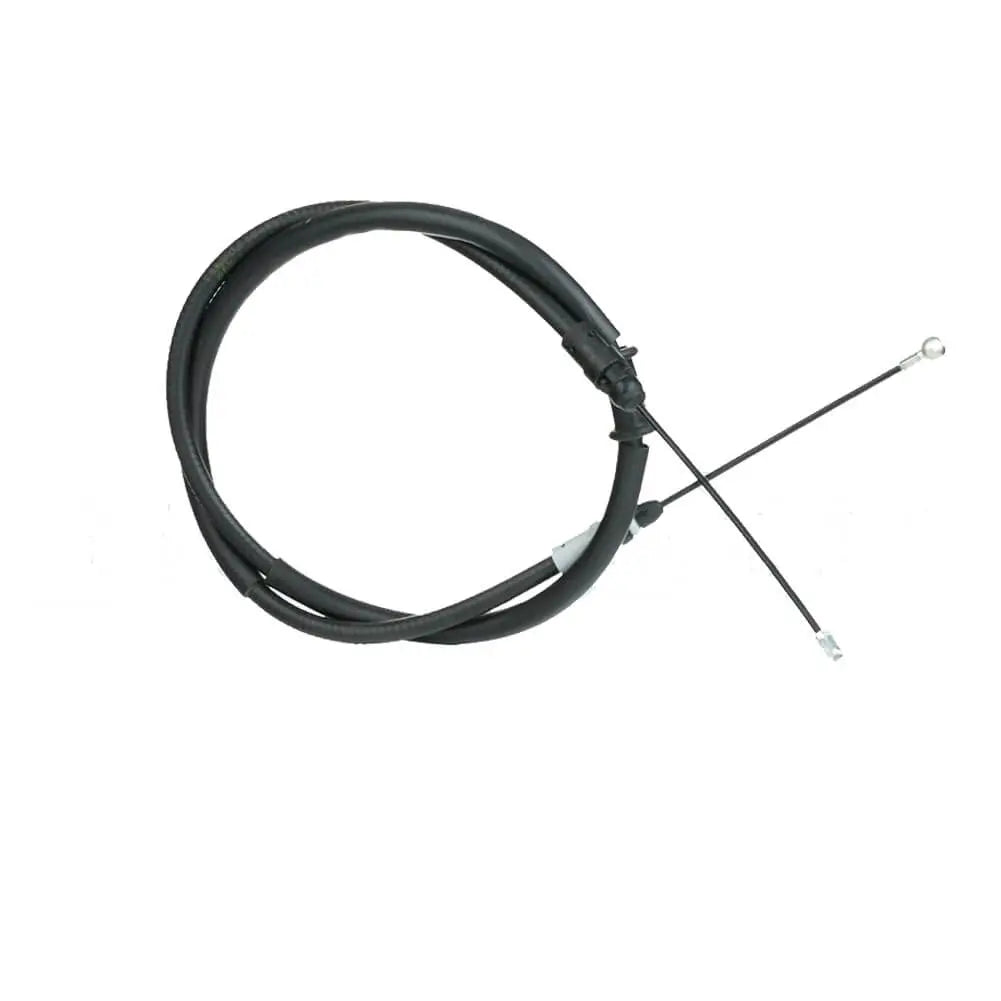
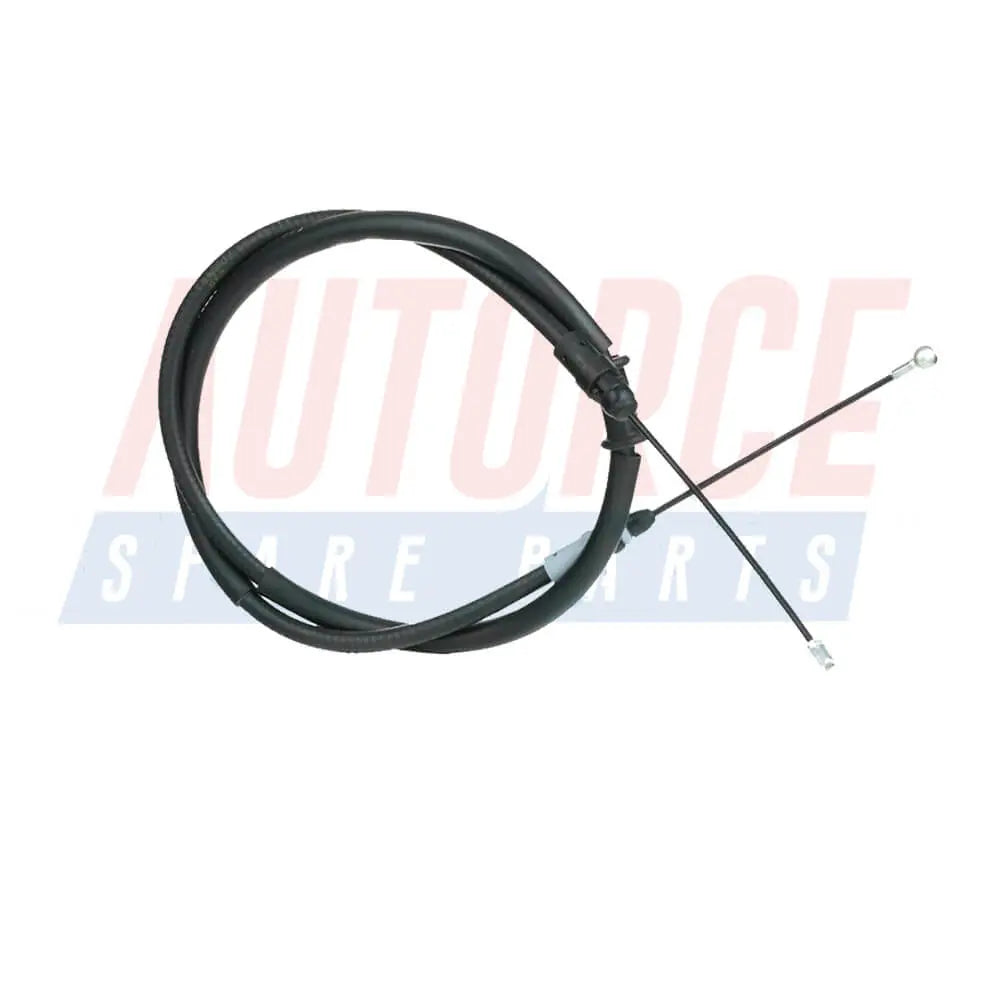
Rear Left / Right Handbrake Cable For VAUXHALL Movano - 93197706, 8200727569
Sale price£14.90
No reviews
In stock

Rear Left / Right Handbrake Cable For Opel Movano - 4419612, 93197706
Sale price£14.90
No reviews
In stock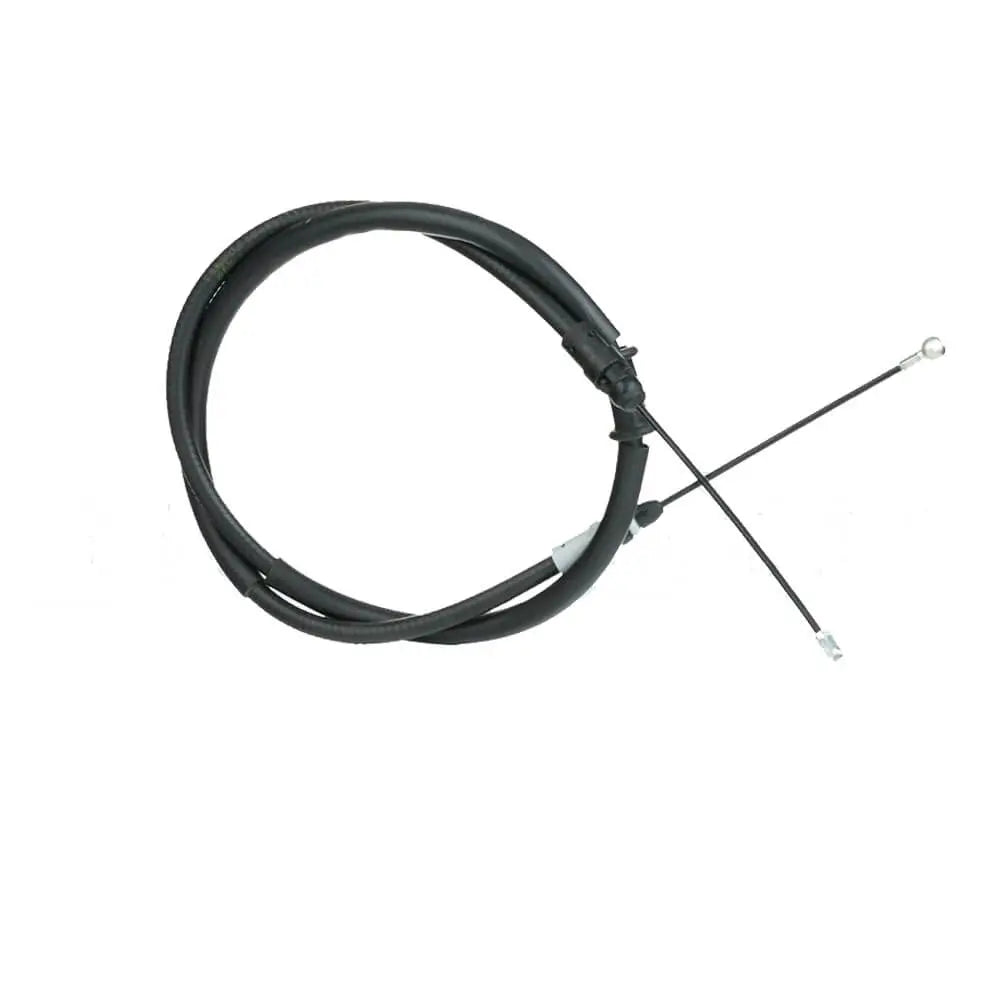
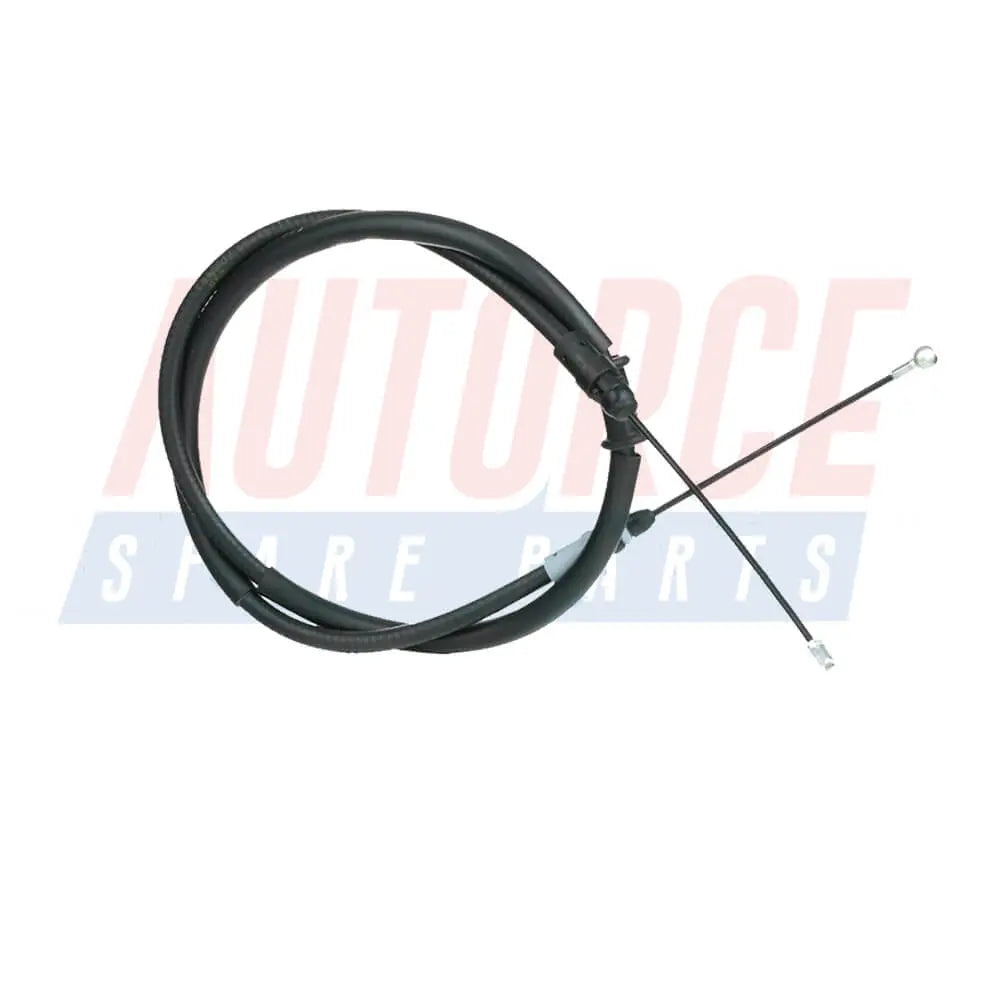
Rear Left / Right Handbrake Cable For Renault Master (2010 - onwards) - 8200727569, 8200 727 569
Sale price£14.90
No reviews
In stock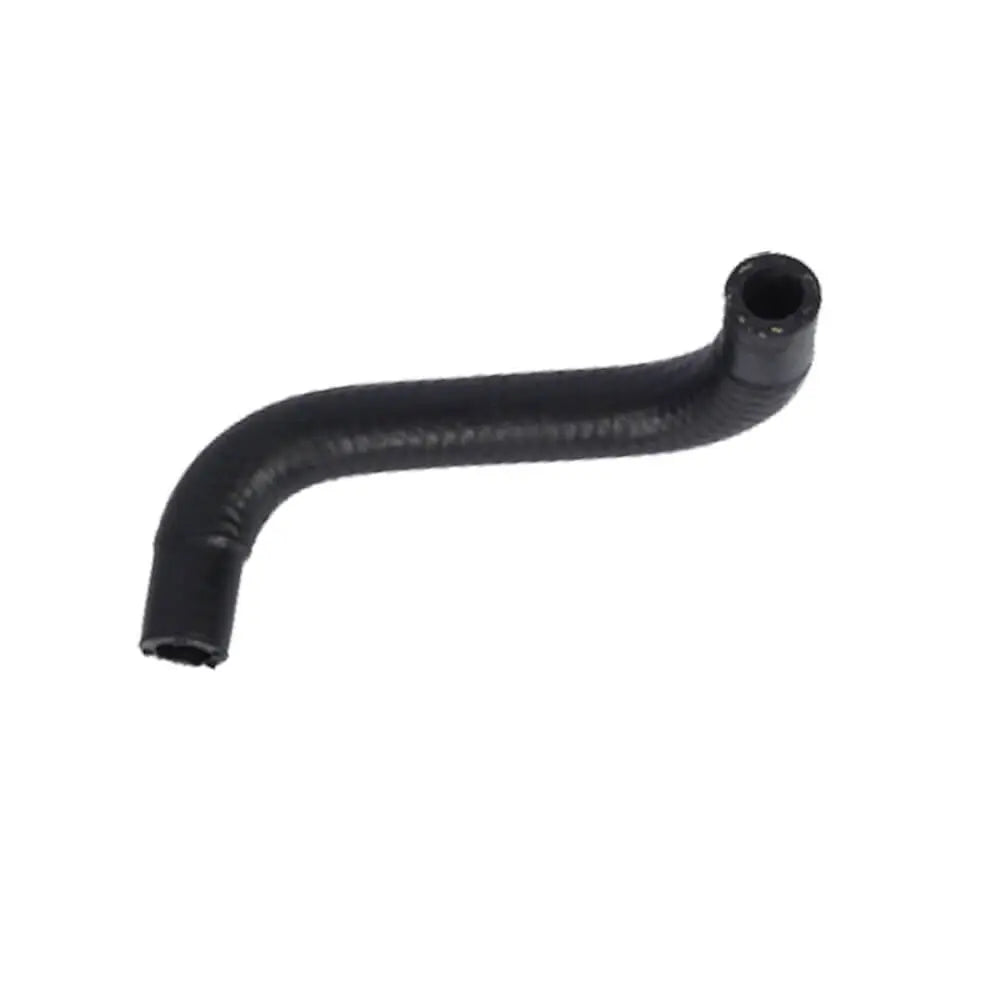
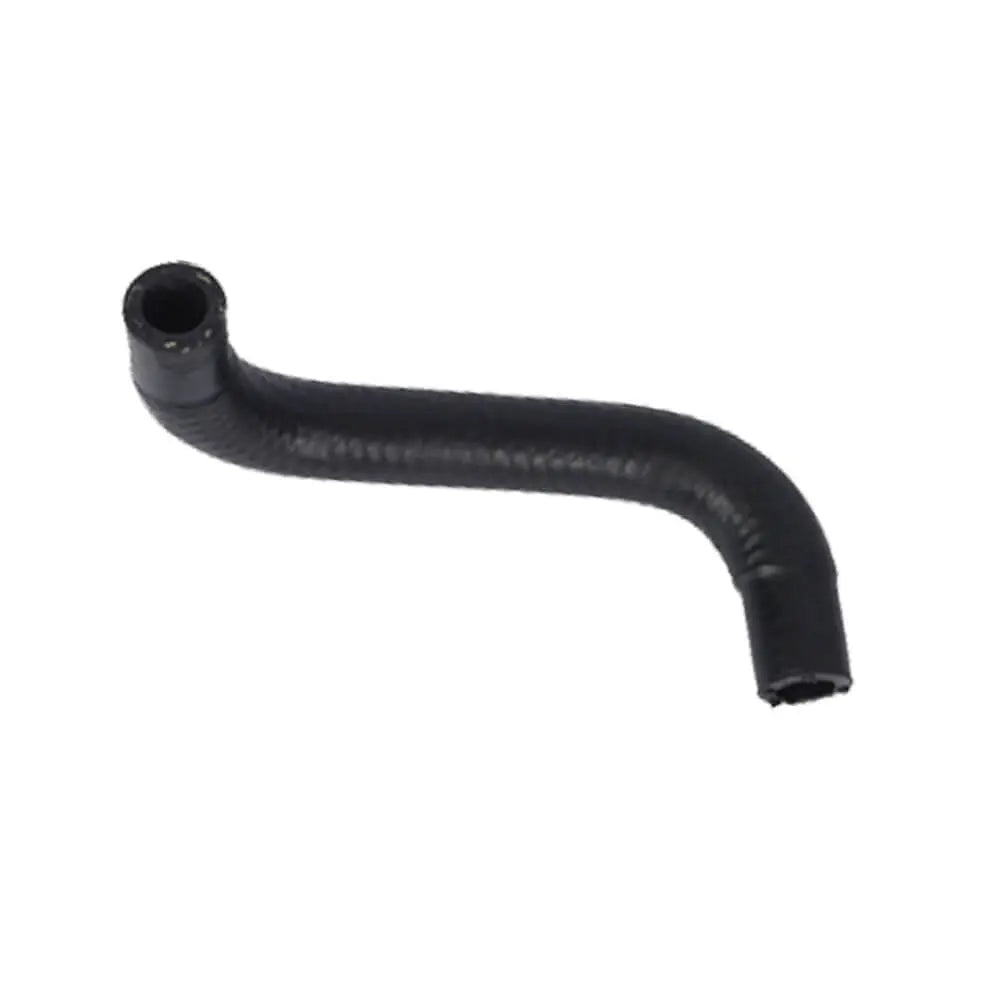
Brake System Vacuum Oil Pump Hose Pipe For Ford Transit 2.5 DI (1991 - 1994) 864F2L334CA, 6182061
Sale price£9.99
No reviews
Hurry! Stock running out!
Filters (0)


